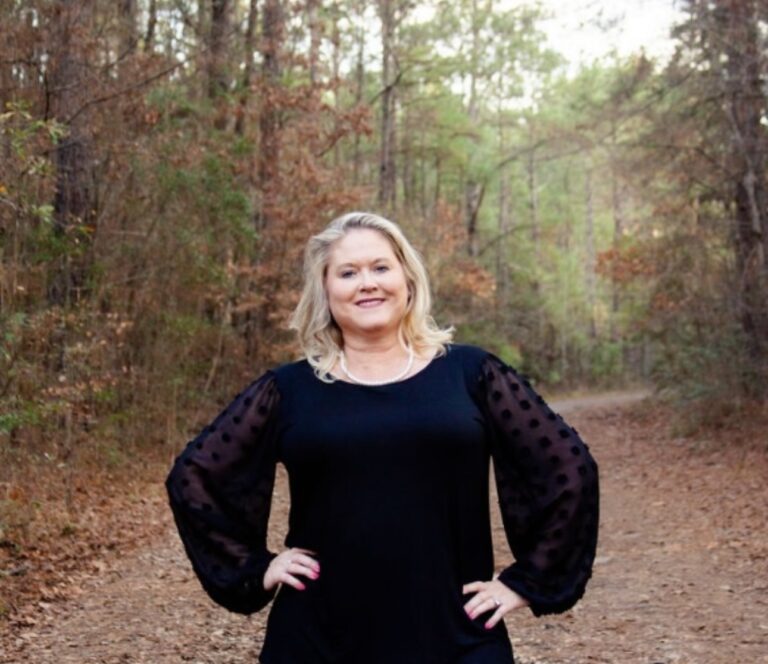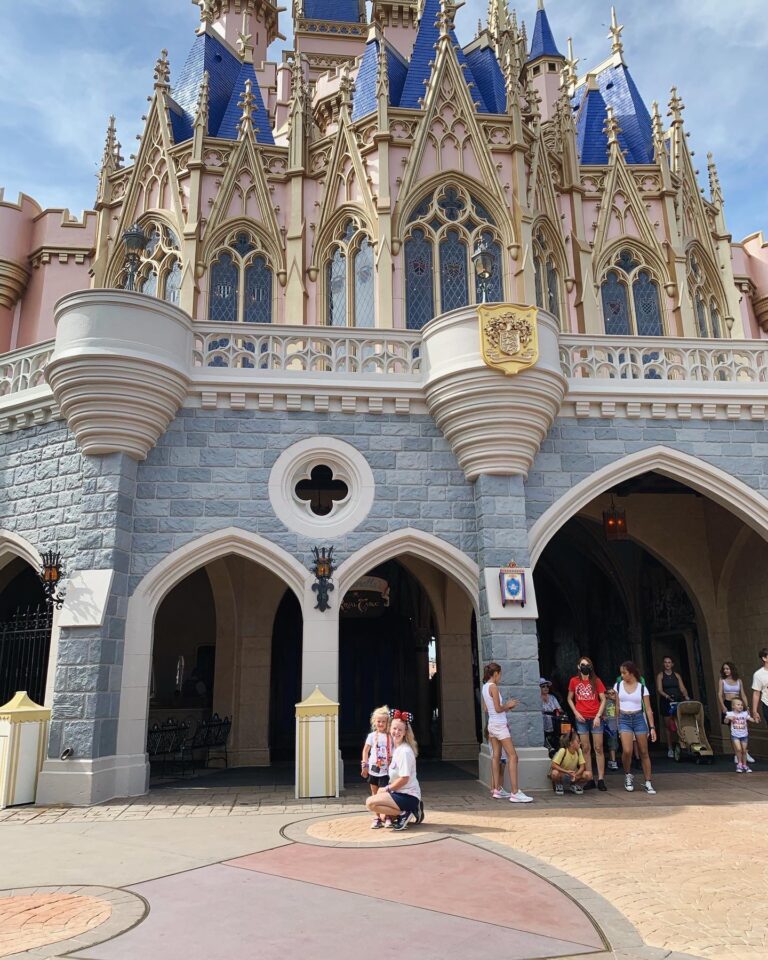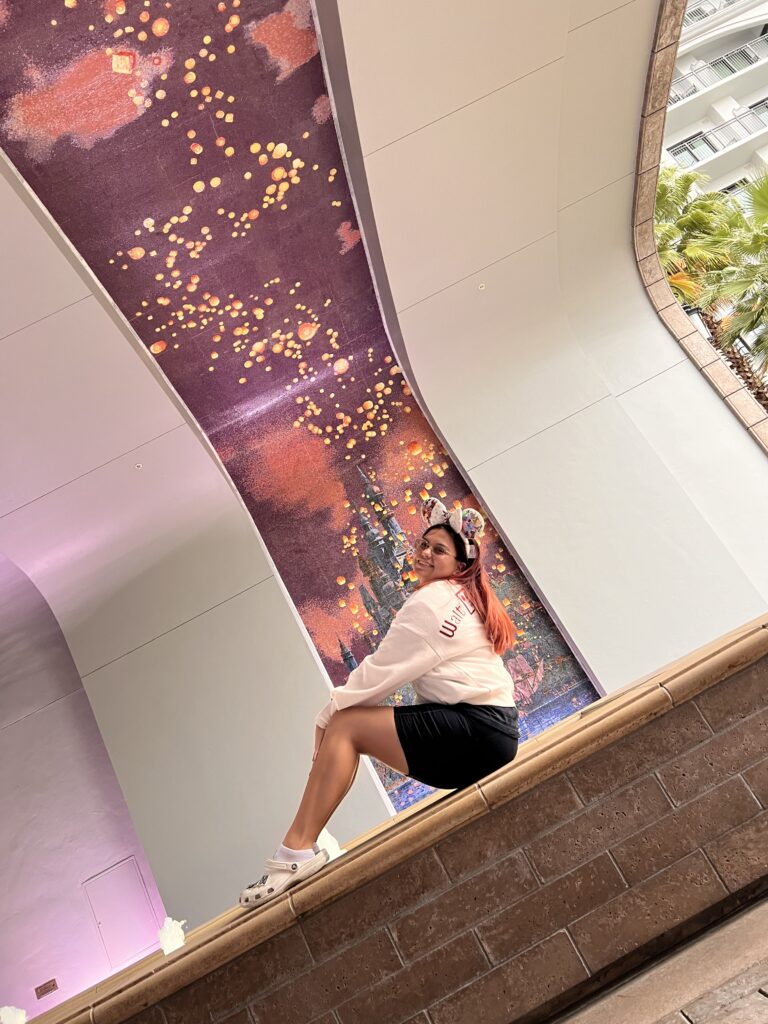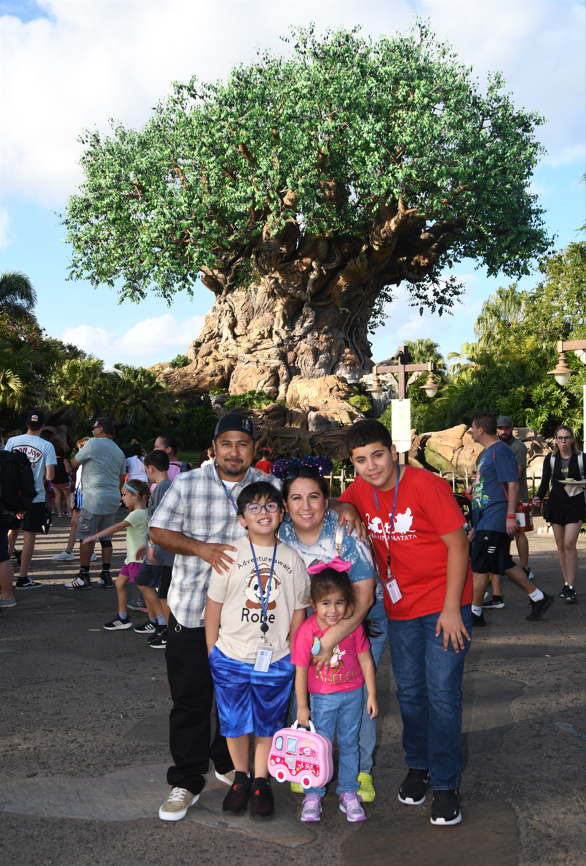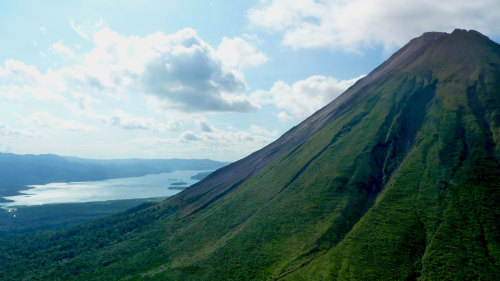
San Antonio, Texas, will forever be associated with the Battle of the Alamo. But the city's Hispanic culture is just as important to its identity. San Antonio is a bit of Mexico, a bit of slick U.S. promotion, and it has an energy that we never get tired of.
San Antonio's identity is shaped by a confluence of cultures: Spanish colonial plazas dating from 1731, German-influenced architecture from the late 1800s and an ambience that came directly from Mexico (which once possessed the land where San Antonio was developed). There are four U.S. military bases and five Spanish missions, including the Alamo—a symbol of Texas itself. With such a distinctive mix, it's little wonder that this city is one of the most popular destinations in the U.S.
Tourism, too, has played a role in San Antonio's development. The 1968 World's Fair prompted a citywide renaissance that spawned HemisFair Park and the Tower of the Americas, and turned the River Walk into a pedestrian-friendly area. Today, San Antonio is one of the top convention cities in Texas, hosting hundreds of events (and thousands of visitors) each year, and it continues to market its educated workforce, family ambience and low cost of living to attract more business to the city.
In recent years, the city's population has grown so much that it's now the second-largest city in Texas, and seventh in the nation. It will soon boast one of the largest medical training centers for the military and its flourishing high-tech companies are giving the city the nickname of "Little Silicon Valley."
Must See or Do
Sights—The Alamo; the Sunday mariachi Mass at Mission San Jose; the Mexican handicrafts at Market Square; the King William Historic District.
Museums—Postimpressionist works and the lovely grounds of the McNay Art Museum; the incredible collection of wildlife horns and "rattlesnake art" at the Buckhorn Saloon & Museum; the Asian and Latin American works at the San Antonio Museum of Art (SAMA).
Memorable Meals—Venison or tuna at Biga on the Banks; cabrito at Pico de Gallo; pescado veracruzano at SoLuna; twice fried chicken wings at Hot Joy; citrus guacamole at Boudro's.
Late Night—The Southtown Arts District; a midnight snack at Mi Tierra Cafe y Panaderia; the Menger Bar; Sam's Burger Joint.
Walks—The River Walk (Paseo del Rio); a stroll through the San Antonio Botanical Gardens and Conservatory.
Especially for Kids—Romping at the Children's Museum; the water park and rides at Six Flags Fiesta Texas; the zoo and miniature train at Brackenridge Park; the fabulous Science Treehouse at the Witte Museum; marine animals at SeaWorld Adventure Park.
Geography
The San Antonio River serves as a defining city landmark. All five missions are near its banks, with the Alamo being the northernmost of the chain. The River Walk (Paseo del Rio) offers most of its commercial attractions along a horseshoe-shaped bend of the river in the heart of downtown. (The tips of the horseshoe face westward.)
If you start at the northwest tip of the horseshoe and walk east to the bend, you'll arrive within a stone's throw of the Alamo before curving south toward the Rivercenter Mall, Convention Center, the Institute of Texan Cultures and HemisFair Park. Turning westward after the other bend of the horseshoe, the River Walk passes La Villita, a restored original settlement full of artisans' shops.
SeaWorld and Six Flags Fiesta Texas are a 30-minute drive northwest of downtown at the edge of the Texas Hill Country. The city's development is moving north and northeast toward Austin, where the corridor is fast filling up with signs leading to new residential compounds and businesses.
History
San Antonio's history begins, appropriately enough, with the Alamo. A Franciscan priest founded a mission along the banks of the San Antonio River in 1718 in what is now south Texas. The mission was called San Antonio de Valero, but its name was changed in the early 1800s when a Spanish cavalry unit from Alamo de Parras, Mexico, occupied the mission. The cavalry began calling the mission "Alamo," though it is not known if the men renamed the place for their hometown or for the cottonwood trees (called alamos in Spanish) that lined the riverbank.
By then the Alamo was one of five missions in San Antonio, which had become the largest city in the region. After the Mexican War of Independence against Spain ended in 1821, the city became part of Mexico, but most of its residents were Americans who had arrived from Tennessee, Kentucky and states along the Eastern seaboard of the U.S. Unhappy with Mexican rule, they created their own government—a decision that eventually drew the wrath of Mexican leader Antonio Lopez de Santa Ana and led to the famous Battle of the Alamo in 1836.
Though the Texans lost the fight at the Alamo, they won their independence a few weeks later at the Battle of San Jacinto, where they defeated Santa Ana's troops and sent him to Washington, D.C., to negotiate a peace treaty with an iron ball attached to his foot. By 1845, Texas had joined the Union and San Antonio boomed. Germans, in particular, flocked to the city, establishing the King William District on the city's south side and opening breweries. Between 1876 and 1942, five military bases opened in the city (only four remain open today), and the military remains an important part of the current economy.
Potpourri
Some parts of San Antonio are said to be haunted: Ghost sightings have been reported in the guest rooms of the Menger and Emily Morgan hotels.
The city is home to some interesting customs. When the San Antonio River is drained in January, a mud king and queen are elected, and a coronation ball and parade are staged to honor the occasion. In April, Cornyation is held at the Majestic Theater during the traditional Fiesta celebration—the audience participates by tossing tortillas at one another. The river is dyed green with a biodegradable color for St. Patrick's Day.
You won't find schoolchildren in class or many office workers at their jobs during the Battle of Flowers at the traditional Fiesta in April, which celebrates the Battle of San Jacinto and is akin to a national holiday; they get the day off to watch the famous parade.
The word maverick is derived from San Antonian Samuel A. Maverick, who allowed his cattle to roam free on the plains, unbranded.
Chili queens were women who set up their kettles and tables at Alamo Plaza in the 1870s, serving homemade chili to cowboys, visitors and locals. It is said that chili was invented in San Antonio.
Actress Joan Crawford, comedian Carol Burnett and actor Henry Thomas were all born in San Antonio.
De Zavala Street is named for Alamo crusader Adina de Zavala who, in 1908, barricaded herself inside the Alamo walls for three days and went on a hunger strike to prevent the historic structure from being rented to an outside firm. She won.














